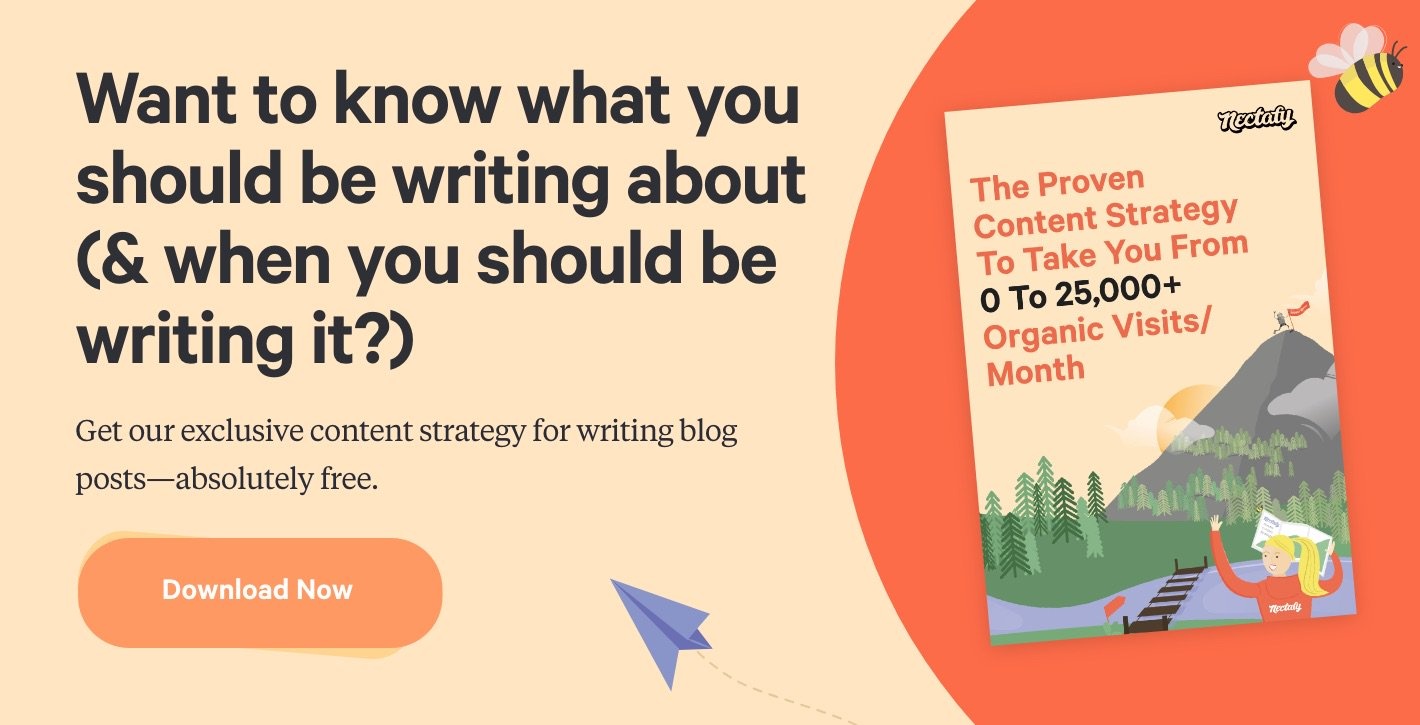Inbound Marketing & The Internet Of Things: 4 Steps To Get You Started


by Megan Marling • 2 minute read • November 21, 2017

If you’re an Internet of Things (IoT) company operating in the business-to-business space, you’ve already figured out how to solve a specific connectivity challenge that helps other organizations sense and collect data. Now you need a way to attract the right people to your website so you can gain quality leads.
Inbound marketing—the process of creating online content for your target audience that answers their questions or solves their problems—is a proven IoT marketing approach. A blog is a powerful inbound marketing tool that helps companies meet customers where they’re at in the decision-making process by giving them content they need. Doing this fosters a relationship that will helps get their products into the hands of those ideal customers. (This blog is a good Internet of Things marketing example, and has played a key role in attracting new customers!)
We have seen inbound marketing work incredibly well for IoT companies. Not only are IoT technologies new and interesting, but they also serve a specific market niche. The term “Internet of Things” was searched an average of 246,000 times from September 2016 to August 2017 worldwide. While there’s not a great chance your business will rank high in the search results for such a broad term, there are thousands of specific B2B IoT keywords people are consistently searching for:
- “Internet of Things for smart cities” is searched an average of 720 times per month.
- “Security for Internet of Things” is searched an average of 2,400 times per month.
- “Internet of Things for healthcare” is searched an average of 1,300 times per month.
This level of search volume makes these keywords ideal targets for any B2B IoT company to which they are applicable—and they’re just the tip of the iceberg when it comes to IoT keywords that are in demand.
All that said, inbound marketing isn’t something you can commit to halfway and hope to see results—and it isn’t as simple as what’s outlined below. But if you want to get started, the following four steps are a great way to begin:
1. Identify your target audience.
Identify whether your target audience is an engineer or a businessperson. Engineers will likely be looking for information they can bring to their boss to solve technical challenges. Businesspeople—CEOs, CIOs, or directors in the technical arm of a larger organization—want to learn more about how they can monetize an IoT strategy.
You might sell to both engineers and businesspeople, but understand that these two audiences will not be looking for the same content online. Each piece of content you create (e.g. each individual blog post) should target either one or the other. For example, an engineer might search for information on Zigbee vs. Z-Wave or 802.11 standards, whereas a businessperson could be searching for more information on applications and solutions by industry, like IoT in manufacturing or IoT environmental monitoring.
2. Do keyword research.
Keyword research is a critical part of the inbound marketing process because it allows you to identify and address the phrases of most interest to your target customer. There are myriad ways to gather keywords, from analyzing those keywords your website currently ranks for to searching your competitors’ websites for keyword opportunities. While this type of research is laborious, it isn’t all that difficult to do, and there are many free tools online that can help.
If you want to be successful with your Internet of Things digital marketing, don’t rely only on keywords relating to the technology you operate with. For example, even if your company manufactures an IoT device built on Bluetooth or BLE, you’ll also want to write about other protocols like WiFi or Zigbee. Part of inbound marketing is educating your readers on the difference between your company and product and someone else’s company and product— talking alternate protocols is a good way to do this.
3. Write your first blog post.
Once you better understand your target audience and have a thorough list of keywords, you have what you need to begin your blog. Start by writing one blog post that will help your ideal customer solve a problem or understand how to tackle a particular challenge.
For example, if your business persona is asking, “How are other companies using IoT to solve problems similar to mine?” one of your blogs might be called, “20 IoT Use Cases Solving Real-World Problems.”
As you write be sure to avoid keyword stuffing. Too many mentions of the keyword actually hurt your keyword ranking (not to mention annoy your reader). A good rule of thumb is to keep your usage of the keyword phrase below 2% of the total content. (If your article is 800 words, I recommend mentioning the phrase no more than eight times). When in doubt, think of your target audience first. Keywords are important, but keeping the attention of your target audience is more important.
4. Measure your results.
The end goal of inbound marketing—and of the blog you create—is to generate website visits, which translate into leads for your company. With this in mind, there are at least three inbound marketing metrics you must track:
- Number Of Website Visits—the number of people who come to your website.
- Number Of Leads—the number of website visitors who fill out some kind of form in order to become a marketing qualified lead.
- Number Of Customers—the number of customers, partners, or clients you generate through your inbound marketing efforts.
(This blog offers another 29 metrics that are also helpful to track.) If you use HubSpot to publish your blog, you’ll be able to see how many page views and leads your first post has generated, for example. And once you begin blogging regularly, you’ll be able to see which pieces of content have been successful and which pieces have been less so, and you can refine your keyword strategy from there.
At this point, you’re ready to get started!
If you’re interested in figuring out how to move forward with a more robust Internet of Things marketing effort, this massive 19,000-word article will walk you through the entire inbound marketing process—including a lot of details we didn’t talk about, like creating calls-to-action that capture lead information and establishing lead scoring. The sooner you begin, the sooner you’ll begin to see results.
